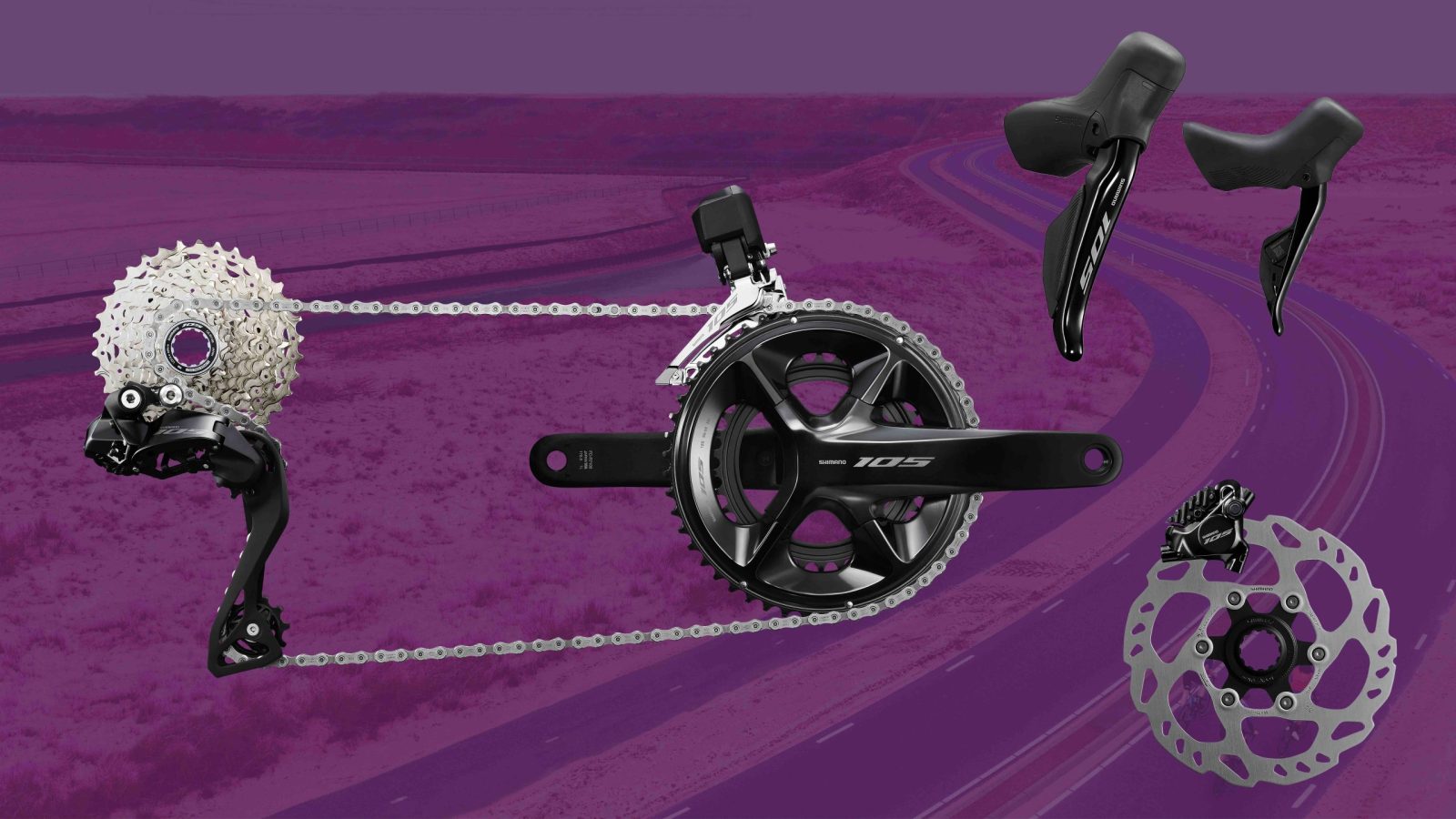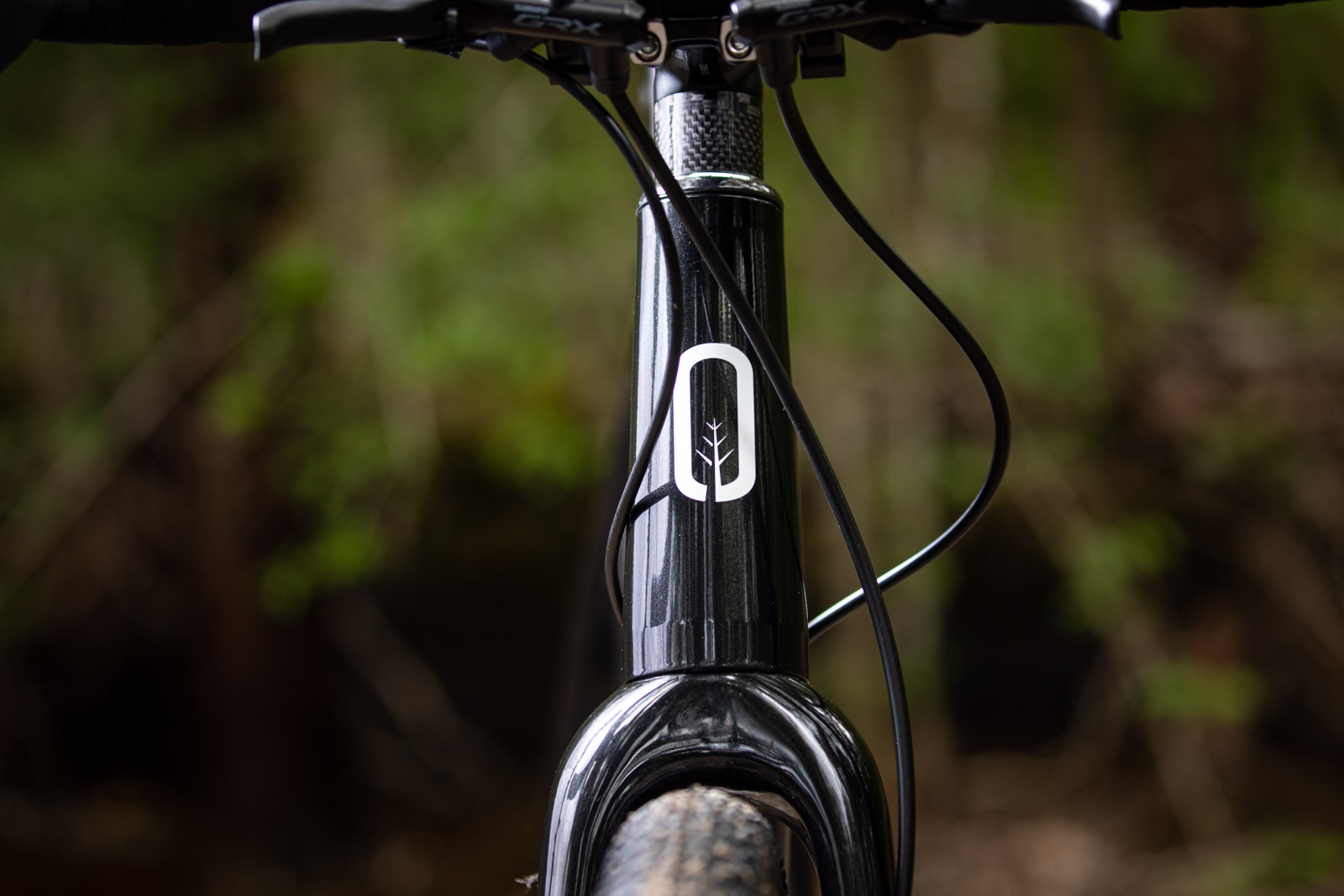Leather and nails may have been replaced by carbon and heat-mouldable textiles, but it’s still not always easy to find the right shoe. Cyclist gets the inside line on road shoes and uncovers a few surprises
We’re all born with around 300 bones, but as we grow up, some of those bones fuse together so eventually we end up with about 206. Of those, 26 are situated in the human foot. So, taking into account the fact that you have two, your feet make up over 20% of the bones in your skeleton.
This intricate system of bones and ligaments is incredibly complex, and as such human feet have been a challenge for shoemakers since we first strapped a piece of animal hide to our soles. Nature created feet for running and walking, not cycling, so the conundrum posed for cycling shoe designers is an even greater headache.

The main problem is that cycling requires the foot to be held rigidly to drive
a huge amount of force from our legs to our pedals several thousand times per ride. It’s just not natural. Your cycling shoes are the last point of contact in the kinetic chain that transfers your pedalling force from body to bike, and inevitably the support that a cycling shoe has to offer is vital both in terms of efficient power delivery, but also for comfort and injury prevention. As Luke Fryer, senior industrial designer at Scott Sports, says, ‘The sole is the foundation that supports and cradles the foot and distributes the force of each pedal stroke.’
The complexity of the mechanics of cycling has meant that modern cycling
shoes are now some of the most technically advanced forms of footwear in sport. Today’s shoes are built with moulded carbon fibre, smothered in thermo-formable textiles, tested in wind tunnels, and have more
ways to keep them on your feet than there are socks in a millipede’s drawer.
Fitting comments
Julian Wall of London’s Cyclefit, and a man with a great deal of experience in custom cycling footwear, is clear in his views: ‘The fit of your shoes is more important than the saddle. We see more people through our door with foot-related issues than any other. It’s so vitally important because it’s the point of contact where all your power is being driven into the bike. You need to start off with a good “size fit”, and that may mean looking for a brand that does half sizes or width options to find the best starting point for your foot.’
It sounds like stating the obvious to say get shoes that fit, but it’s not always as easy as it sounds. Certainly you are likely to find that some brands will fit better than others. Wall goes on to define the best-fit criteria as ‘having enough volume so as not to restrict the natural movement of the foot, but not
so much as to allow the foot to slide around, plus enough support from the heel cup to stabilise the foot. Beyond that the solution usually lies in getting proper support from the insole. The ideal is to have no obvious pressure points once your foot is in the shoe.’
That penny must be dropping in the industry because more brands, including Shimano, Lake, Gaerne, Mavic, Giro and Sidi, are beginning to offer volume options and/or half-size increments. There are practical reasons why this level of choice has been slow to catch on. Spare a thought for distributors and retailers. Offering shoes in half sizes, plus varying width options, means a massive stock holding.
Heat moulding vs Italian cut
Shimano pioneered the heat moulding of shoes with its R300 back in 2007. When heated in an oven for a prescribed period of time, the uppers become temporarily much more malleable, and hence can be shaped – in Shimano’s case by using a vacuum to compress the shoe around your foot – customising the fit to the individual, and retaining its new dimensions once cooled.
Shimano’s method is still unique but the heat moulding technology is now much more widespread. Bont, Louis Garneau and Lake are other notable shoe brands driving the concept. It wasn’t that long ago when custom footwear was the stuff of dreams for the average rider, reserved only for the highest-paid pros. So now that heat moulding is available to everyone, does this mean that we should all be firing up the Aga and baking our shoes for a perfect fit? Some see heat molding as the pinnacle of road shoe fitting technology. But not, it seems, if you’re Italian.
Many Italian brands we spoke to argued that heat moulding is not the only route to a perfect-fitting, high-performance road shoe. Rosella Signori at Sidi states defiantly, ‘Sidi has never used this method, because we do not believe in it. It is difficult to control and ensure perfect results for each customer, which is essential if you want a good result. We think that a good design and a good cut
of the shoe uppers are enough.’
Marta Gazzola, director of Gaerne, agrees: ‘We think a properly cut upper delivers best results to the cyclist.’ And Steve Delacruz, senior footwear developer at fellow Italian brand Fi’zi:k, says, ‘At heart I know heat moulding sounds like great tech to make fitted shoes, but that craftsmanship of hand making is crucial and will never go away.’

Cyclefit’s Wall posits another reason why Italian shoe brands are convinced that craftsmanship wins out over technology: ‘There are a lot of small shoe manufacturers in Italy and they want to continue making their shoes in Italy. It’s part of their heritage, and that involves sticking to older methods. Plus they don’t have the massive, almost bottomless, budgets of brands like Shimano to plough into the new technology.’
Putting a different spin on the discussion is Simon Costain, a Harley Street podiatrist who has worked with elite level cyclists. He is not a firm believer in the heat moulding concept either: ‘The foot will change shape a fair amount as you exercise, so forming the shoe to the exact shape of your foot is not necessarily a good idea.’ Ultimately there’s not a clear right or wrong. There will always be a certain amount of personal preference and even a little trial and error to find what works best for the individual. But then the shape of the shoe may not be the most important factor in comfort at all…
Save our soles
Having found a pair of shoes to fit you, you’ll be pleased to know that’s only part of the battle won. Arguably more important than anything else is the support the shoes offer your feet. If you’ve ever tried riding in flip flops, you’ll understand just how important this cycling shoe support really is. It’s not sufficient for a cycling shoe to just be stiff – the foot needs to be well supported across its entire surface. The midsole of the shoe is partially responsible for doing this, but really this is the primary role of the insole, as that’s the part of the shoe in direct contact with the underside of your foot.
Cyclefit’s Julian Wall is adamant: ‘You absolutely need a good-fitting, supportive pair of shoes, and the insole is key to that.’ Once just simple slivers of foam or cork, insoles are now a hi-tech, scientifically proven aid to rider performance.
Specialized was the first bike company to push this concept with its Body Geometry (BG) footbeds, developed by fit guru Andy Pruitt, director of the Boulder Centre for Sports Medicine. BG footbeds offer an off-the-shelf, quick-and-easy solution for adjusting levels of arch support. They are anatomically adapted to assist with foot comfort with features such as the metatarsal button, and the ability to micro-tune foot tilt. Several other aftermarket brands are also available and many are now incorporated into elite level shoes as standard.
Heat moulding technology has also been applied effectively to custom insoles as well as shoes. Take Sidas insoles, for example. Its process involves standing on a heat pad and taking impressions of the soles of your feet, and the end result is an insole made to map the exact contours of your foot. Technology like this does not come cheap, and may in fact end up costing you almost as much as the shoes, but it’s hard to put a price on getting maximum comfort and performance while minimising the chances of foot injury. And once you’ve got the fit right, the next thing to consider is keeping your foot securely inside the shoe.
Closing the deal
First it was laces, then Velcro, then ratcheting micro buckles, then BOA cable dials. And now it seems we’ve gone full circle, with some brands – Bont and Giro, to name but two – going back to the old faithful lace-ups in their respective 2013 high-end models. But does it really matter how your feet are held in?
Of course, there are pros and cons for all closure systems, with weight saving quite often being touted to justify Velcro or lace-up closures. Equally, Gazzola at Gaerne says, ‘We introduced the BOA closure system because they have uniform fastening with no pressure points and guarantee accuracy, durability and comfort.’ Delacruz at Fi’zi:k says he prefers a different technology: ‘I chose sail cloth as a lighter, hi-tech material as a counter to these clunky, plastic parts. These are road cycling shoes, not motocross boots – the line of the shoe has to be elegant.’

Every brand will have its own story to tell, but whichever closure you select, you should not be over-employing it to keep the shoe on your foot. Cyclefit’s Wall says, ‘Shoes are often over-tightened. Shoes only have to be touch-tight to be effective on a bike. You wouldn’t go for a run with your trainers done up overly tight, but there is a real tendency for people to over-tighten their cycling shoes. You really don’t need to, perhaps with the exception of sprinting.’
Wall also has his own opinions why certain customers choose certain closures. ‘Boys like ratchety things,’ he says. ‘They have a tendency to prefer closure systems that click. It’s almost like it’s a psychological thing to have something that makes a noise.’
Stiffness – too much of a good thing?
It’s been drummed into us over the past 20 years that road shoe soles should be as stiff as possible. A more solid platform means that the force of your foot is transferred to the pedal more efficiently – so the stiffer the better. Or at least that was the thinking.
‘Pretty much every cycling shoe is stiff enough these days,’ says Wall. ‘If anything, in some modern designs there might be the danger of them being too stiff, and a rider could suffer.’ It’s a view shared by Tom Keufler, project manager for Bontrager shoes, who says, ‘Just as some frames can be deemed too stiff, so can shoes. All rider contact points must have some vibration management built in.’
As with bike frames, there can be too much of a good thing. ‘The stiffer the shoe, the more its shape needs to fit your foot, and there’s a danger of taking that too far,’ says Tony Torrance, footwear project leader at Pearl Izumi. ‘A road cycling shoe sole doesn’t need to be totally rigid to transfer 100 per cent of your power.’
Gerald Delgorgue, footwear project manager for Mavic, agrees: ‘An elite road shoe can certainly be too stiff, and it will lead to more fatigue and ultimately less performance. The stiffer the outsole, the higher the vibrations. Hot spots can then occur from the warmth created by this micro friction and foot cramps can even result.’
So what’s the perfect shoe for you? Ultimately, that’s something you have to find out for yourself through testing different brands. But at least now, when the guy in the shop says he knows exactly what you need, you can let your feet do the talking.
Happy feet
Tips for choosing the right shoe by podiatrist Simon Costain
- Forget trying to wear them in
Some shoe sellers try to persuade you to try out shoes for a while so they adapt to your feet. This made sense when shoes were leather, but these days they’re made of fabrics that don’t stretch easily, so they won’t get any more comfortable - Get your feet measured
I’m not keen on shops that ask you what your size is and leave you to choose. I prefer it when they actually measure your feet. So if your shop is not a member of the Society of Shoe Fitters, at least see if they seem to be paying attention to you. - Moulding might not be best
I don’t think it’s vital to have your shoe heat moulded to the shape of your foot. The problem with a foot is that during sport it will change shape. It will expand or contract depending on the temperature and
the activity - Check for space
You don’t want your foot swimming in the shoe. You want it to be gripping firmly around the throat of the shoe – the junction between the ankle and the foot itself – but you want to make sure you’ve got enough space for your toes so they’re not squashed together


